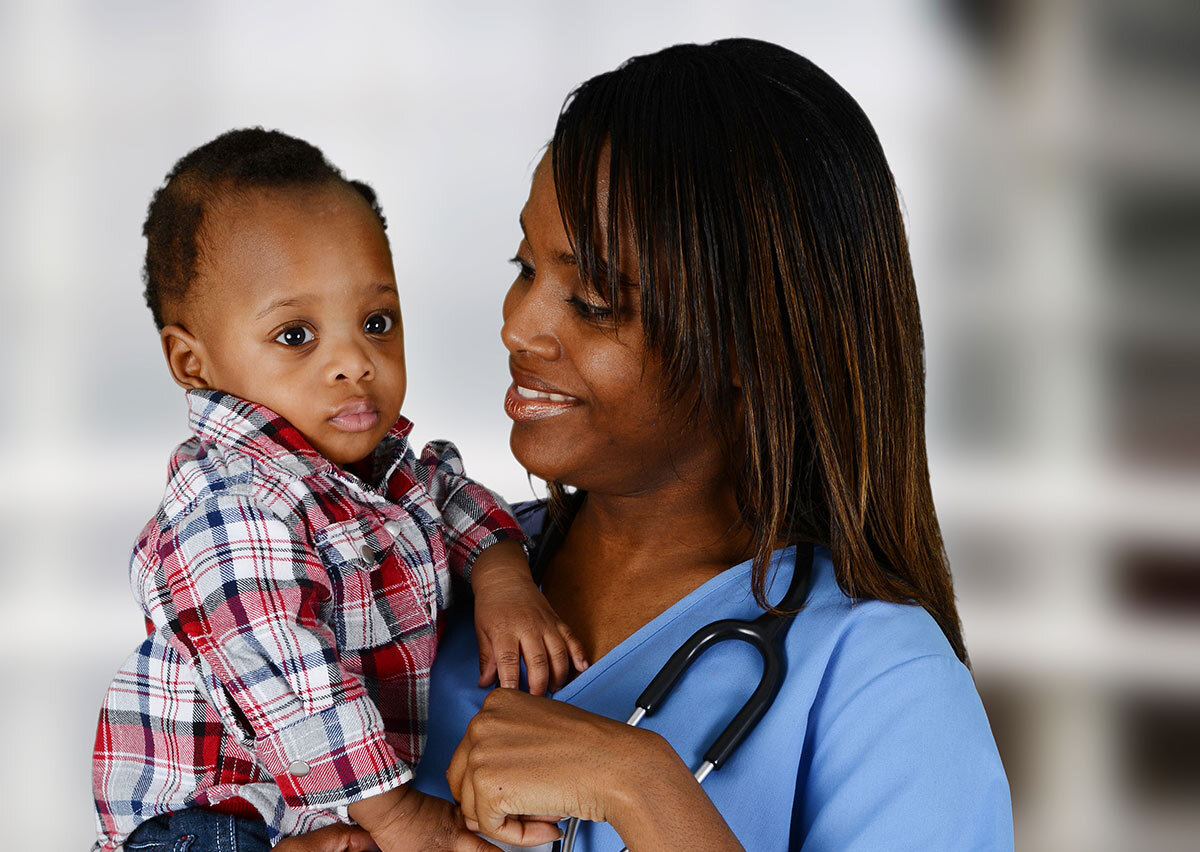
Larsen-Like Osseous Dysplasia Dwarfism is a rare genetic condition that affects bone development, leading to short stature and skeletal abnormalities. This condition, often diagnosed in early childhood, can significantly impact a person's life. Understanding the facts about this disorder can help in managing the symptoms and improving the quality of life for those affected. In this blog post, we will explore 25 key facts about Larsen-Like Osseous Dysplasia Dwarfism, covering its causes, symptoms, diagnosis, and treatment options. Whether you or a loved one is dealing with this condition, or you're simply curious, these facts will provide valuable insights.
Key Takeaways:
- Larsen-Like Osseous Dysplasia Dwarfism is a rare genetic condition causing bone abnormalities, joint dislocations, and distinct facial features. Early diagnosis and management can improve quality of life.
- Living with Larsen-Like Osseous Dysplasia Dwarfism involves adapting to physical limitations, seeking support from family and support groups, and staying informed about ongoing research for potential treatments.
Understanding Larsen-Like Osseous Dysplasia Dwarfism
Larsen-Like Osseous Dysplasia Dwarfism is a rare genetic condition affecting bone development. It shares similarities with Larsen syndrome but has distinct characteristics. Here are some intriguing facts about this condition.
-
Genetic Mutation: This condition results from mutations in the FLNB gene, which plays a crucial role in bone formation.
-
Bone Abnormalities: Individuals with this condition often have abnormal bone growth, leading to dwarfism and skeletal deformities.
-
Joint Dislocations: Frequent joint dislocations, especially in the hips, knees, and elbows, are common among those affected.
-
Facial Features: Distinct facial features, such as a flat nasal bridge and prominent forehead, are often present.
-
Spinal Issues: Scoliosis, or curvature of the spine, is a frequent complication.
Symptoms and Diagnosis
Recognizing the symptoms early can help in managing the condition better. Diagnosis often involves genetic testing and imaging studies.
-
Delayed Growth: Children with this condition typically exhibit delayed growth and shorter stature.
-
Clubfoot: Many affected individuals are born with clubfoot, a condition where the foot is twisted out of shape.
-
Respiratory Problems: Due to chest wall abnormalities, respiratory issues can occur.
-
Hearing Loss: Some individuals may experience hearing loss due to middle ear abnormalities.
-
Early Diagnosis: Genetic testing can confirm the diagnosis, often before birth if there's a family history.
Treatment and Management
While there's no cure, various treatments can help manage symptoms and improve quality of life.
-
Physical Therapy: Regular physical therapy can help improve mobility and strengthen muscles.
-
Surgical Interventions: Surgery may be necessary to correct severe bone deformities or joint dislocations.
-
Orthopedic Devices: Braces and other orthopedic devices can support weak joints and bones.
-
Pain Management: Pain relief strategies, including medications and physical therapy, are essential.
-
Regular Monitoring: Continuous monitoring by a team of specialists ensures timely intervention for emerging issues.
Living with Larsen-Like Osseous Dysplasia Dwarfism
Living with this condition involves adapting to physical limitations and finding ways to lead a fulfilling life.
-
Support Groups: Joining support groups can provide emotional support and practical advice.
-
Educational Adjustments: Schools may need to make accommodations to support affected children.
-
Adaptive Equipment: Using adaptive equipment can help with daily activities and improve independence.
-
Mental Health: Addressing mental health is crucial, as living with a chronic condition can be challenging.
-
Family Support: Strong family support plays a vital role in managing the condition.
Research and Future Directions
Ongoing research aims to better understand the condition and develop new treatments.
-
Gene Therapy: Researchers are exploring gene therapy as a potential treatment.
-
Clinical Trials: Participation in clinical trials can provide access to new therapies.
-
Stem Cell Research: Stem cell research holds promise for regenerating damaged tissues.
-
Patient Registries: Patient registries help researchers collect data and improve understanding of the condition.
-
Awareness Campaigns: Raising awareness about this rare condition can lead to better support and resources for affected individuals.
Final Thoughts on Larsen-Like Osseous Dysplasia Dwarfism
Larsen-Like Osseous Dysplasia Dwarfism, though rare, offers a fascinating glimpse into the complexities of genetic disorders. Understanding its symptoms, causes, and treatments can help those affected lead better lives. Early diagnosis and intervention play crucial roles in managing the condition effectively. Genetic counseling provides families with valuable insights and support.
Awareness and education about this disorder can foster empathy and better healthcare outcomes. While challenges exist, advancements in medical research continue to offer hope. By staying informed and advocating for those with Larsen-Like Osseous Dysplasia Dwarfism, we can contribute to a more inclusive society.
Remember, every bit of knowledge helps in making a difference. Keep learning, stay curious, and support those around you.
Frequently Asked Questions
Was this page helpful?
Our commitment to delivering trustworthy and engaging content is at the heart of what we do. Each fact on our site is contributed by real users like you, bringing a wealth of diverse insights and information. To ensure the highest standards of accuracy and reliability, our dedicated editors meticulously review each submission. This process guarantees that the facts we share are not only fascinating but also credible. Trust in our commitment to quality and authenticity as you explore and learn with us.
